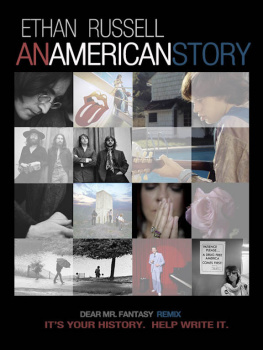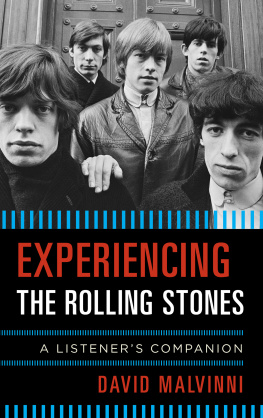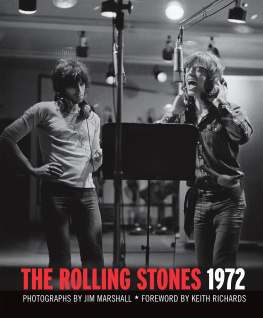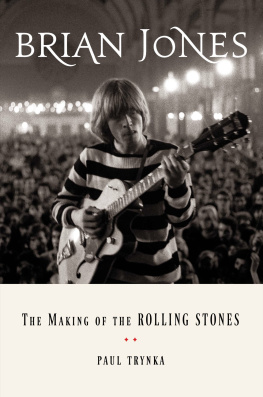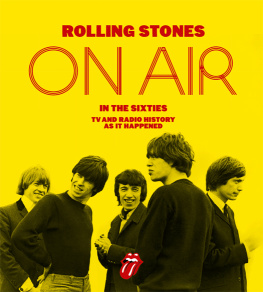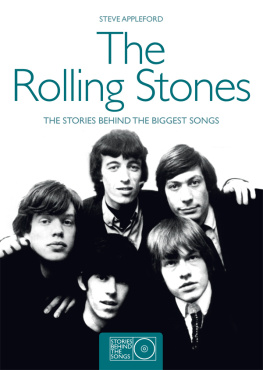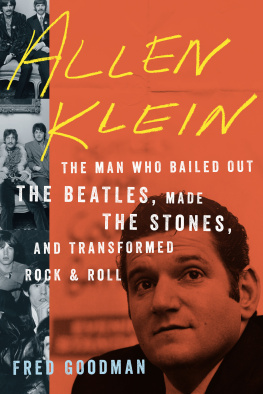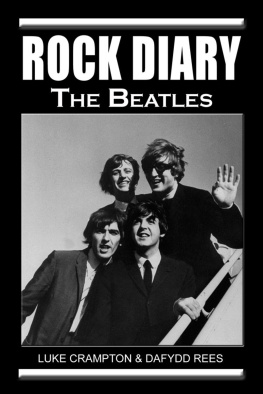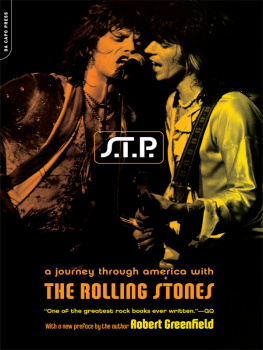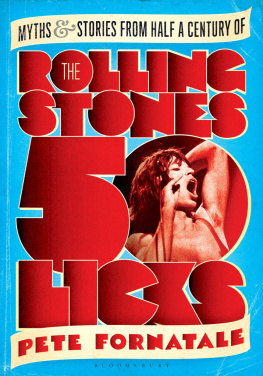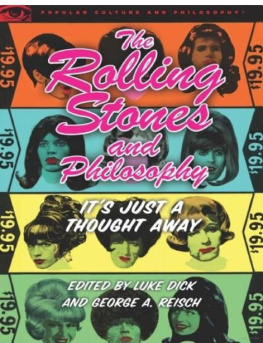ETHAN RUSSELL
AN AMERICAN STORY
ETHAN RUSSELL
AN AMERICAN STORY
ITS YOUR HISTORY. HELP WRITE IT.
V 1.0
CHARLES BOOKS
This book is dedicated to my family: to my wife Shannon, to my stepson Gabe, and -- this time and this book especially -- to my son Lucas, with all my heart, with the unending love of his father.
Copyright
ETHAN RUSSELL: AN AMERICAN STORY
1. Memoir. American History. Rock music. Rock Photography. History and criticism.
I. Title Ethan Russell: An American Story. ISBN 0984929509
Cover design: Dolores Lusitana (situationbook.com) Information design: Ethan Russell
All photographs copyright Ethan Russell unless otherwise noted. All rights reserved. Photographs of The Beatles by Ethan Russell Apple Corps, Ltd. All rights reserved. Used by Permission. Photographs of John Lennon by Ethan Russell Yoko Ono. All rights reserved. Used by Permission Photographs of Yoko Ono by Ethan Russell Yoko Ono. All rights reserved. Used by Permission
The author is grateful for permission to quote selected lines from the following works:
The Dry Salvages in Four Quartets by T. S. Eliot. Copyright 1943 by T. S. Eliot, renewed 1971 by Esme Valerie Eliot. Reprinted by permission of Harcourt Brace Jovanovich, Inc.
Dear Mr. Fantasy by Steve Winwood, Jim Capaldi, and Chris Wood. 1968 and 1970 Island Music Ltd. and S.S. Music Ltd. All rights for the U.S.A. and Canada controlled by Island Music, Inc. (BMI). All rights reserved. Reprinted by permission.
Rainy Day Women #12 & 35 by Bob Dylan. Copyright 1966 by Dwarf Music. All rights reserved. International copyright secured. Reprinted by permission.
Where Are You Tonight? (Journey Through Dark Heat) by Bob Dylan. Copyright 1978 by Special Rider Music. All rights reserved. International copyright secured. Reprinted by permission.
Highway 61 Revisited Liner Notes by Bob Dylan. Copyright 1965 by Special Rider Music.
All rights reserved. International copyright secured. Reprinted by permission.
Blowin in the Wind by Bob Dylan. 1962 Warner Bros., Inc. All rights reserved. Used by permission.
Masters of War by Bob Dylan. 1963 Warner Bros., Inc. All rights reserved. Used by permission.
Subterranean Homesick Blues by Bob Dylan. 1965 Warner Bros., Inc.
All rights reserved. Used by permission.
Like a Rolling Stone by Bob Dylan. 1965 Warner Bros., Inc. All rights reserved. Used by permission. Tomorrow Never Knows by John Lennon and Paul McCartney. 1966 Northern Songs Limited.
All You Need Is Love by John Lennon and Paul McCartney. 1967 Northern Songs Limited.
A Day in the Life by John Lennon and Paul McCartney. 1967 Northern Songs Limited.
Revolution One by John Lennon and Paul McCartney. 1968 Northern Songs Limited.
All rights for the United States and Canada controlled by Maclen Music, Inc., c/o ATV Music Corp. Used by permission. All rights reserved.
Gimme Some Truth by John Lennon. 1971 Northern Songs Limited. All rights for the United States and Mexico controlled by Maclen Music, Inc., c/o ATV Music Corp.
Used by permission. All rights reserved.
Instant Karma by John Lennon. 1970 Lenono Music.
Used by permission. All rights reserved.
#9 Dream by John Lennon. 1974 Lenono Music. Used by permission.
All rights reserved.Sympathy for the Devil by Mick Jagger and Keith Richards.
1968 ABKCO Music, Inc. All rights reserved. Reprinted by permission.
Street Fighting Man by Mick Jagger and Keith Richards.
1968 ABKCO Music, Inc. All rights reserved. Reprinted by permission.
Midnight Rambler by Mick Jagger and Keith Richards. 1969 ABKCO Music, Inc.
All rights reserved. Reprinted by permission.
Hotel California by Glenn Frey, Don Henley, and Don Felder. 1976 Red Cloud Music, Cass County Music, Fingers Music. All rights reserved. Used by permission.
Wasted Lime by Glenn Frey and Don Henley. 1976 Red Cloud Music, Cass County Music.
All rights reserved. Used by permission.
Victim of Love by Glenn Frey, Don Henley, Don Felder, and J. D. Souther. 1976 Red Cloud Music, Cass County Music, Fingers Music, Ice Age Music (ASCAP).
All rights reserved. Used by permission.
Life in the Fast Lane by Glenn Frey, Don Henley, and Joe Walsh. 1976 Red Cloud Music, Cass County Music, Wow & Flutter Music.
All rights reserved. Used by permission.
Preamble
I n the autumn of 2002 I was walking down a leafy Georgetown street with the English photographer Gered Mankowitz whose early album covers of The Rolling Stones were the kind of game-changing, iconic images that astonished me when I was a college student in sunny California in 1964. The sullen long-haired images of Brian Jones, Mick Jagger, Keith Richards, Bill Wyman and Charlie Watts were an assault on American youth that was still cast in the mold of Frankie Avalon and Annette Funicello (and came at a time when musical idols were not groups but solo acts, of which the king was Elvis who -- for those who dont know or may need reminding -- had gone into the Army in 1958). It was a different world.
Gered was and is a polite, lovely Englishman now living with his wife on the Cornwall coast, in a wistful image reminiscent of The Beatles When Im 64 . In 2002 we were both participating in a group exhibition on The Rolling Stones. In the decades between college and this walk I had become a photographer too, and often for the Rolling Stones. As we meandered, Gered matter-of-factly mentioned to me that I was the only photographer to have shot album covers for The Beatles, The Rolling Stones and The Who.
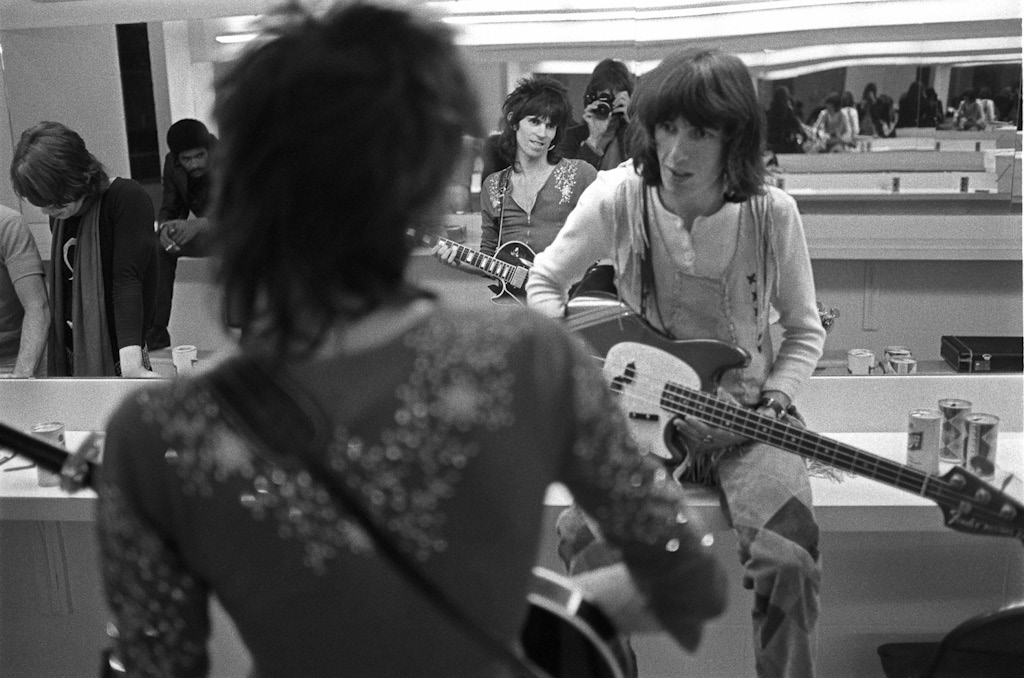
Shooting the Stones
That this was true--and that somehow I hadnt put it together myself -- came as a shock to me. But it was that unlikely. Even knowing it to be the case it was still hard to imagine. But how could anyone have imagined it? You couldnt have planned it, willed it, or schemed it. Even to have dreamed it would have been borderline absurd. I was a boy from California. I didnt know anyone in England. At the time I rst took pictures of Mick Jagger I wasnt really even a photographer. Yet, by the time I was walking down the street with Gered, I had shot the Let It Be cover for the Beatles, been on the roof with them for their last performance, at Altamont with The Rolling Stones , taken the cover for Whos Next and directed the last video with John Lennon the week before he was murdered.
An impossible journey and a great (but by no means always bubbly) ride.
But any life is more than its highlights and so is this book. Since--when I was in college--I couldnt possibly know the life I would have, I was trying to imagine a life I might have. It was entirely unclear in its outlines but inevitably inuenced by the soil from which I had sprung: the American forties and the fties, and the air that I was then breathing, which was, in 1964, lled with music.
In that music, as you will read, was all the promise and direction a young man might have wished. What happened in those years--and in the years that followed--is the story of this book. It is an exploration wrapped in a memoir wrapped in a history . The history is the history of the Baby Boomers: a history I believe that has been so badly mangled--especially in mass media --that it needs correction.
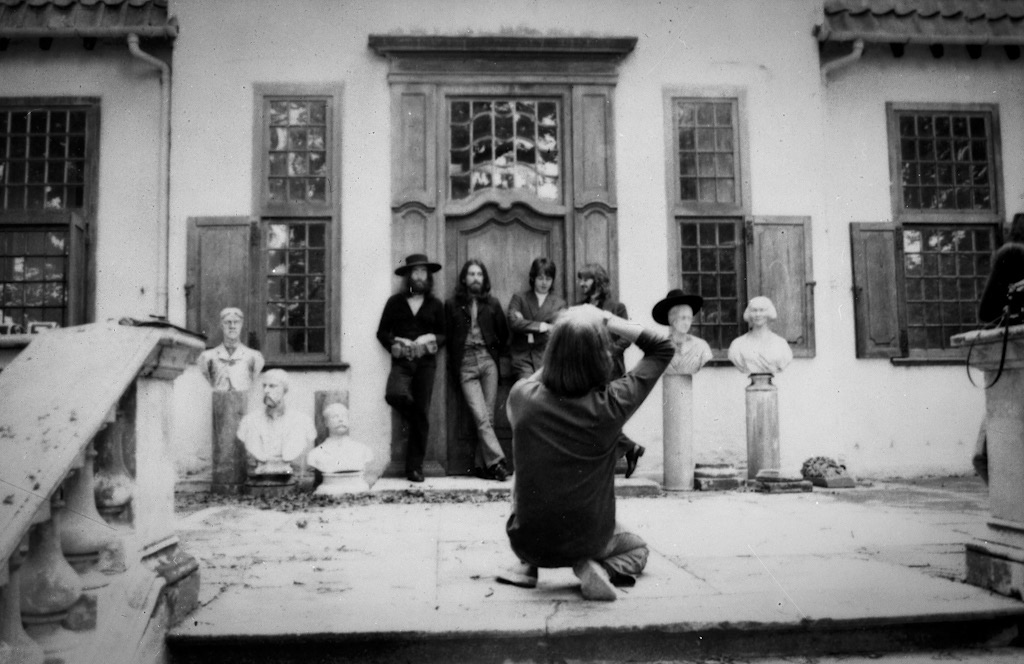
Shooting the Beatles
I n American Story this plays out over the course of one long narrative, which is presented in two parts. One, An American Lad, covers (roughly) 1947-1982 and two, Watching the River Flow, from 1983 to the present. Part One is more event-driven and Part Two more reective, but both parts include elements of the other.
Next page
